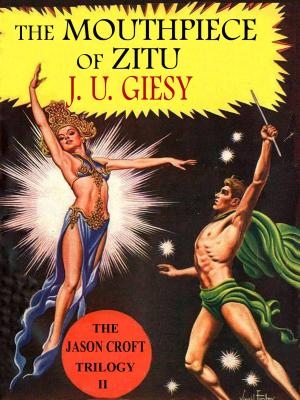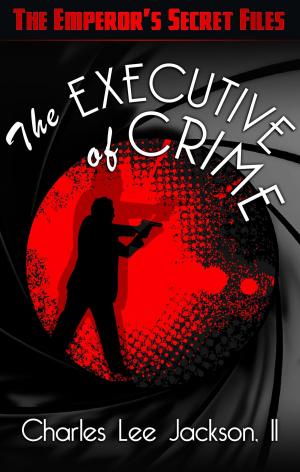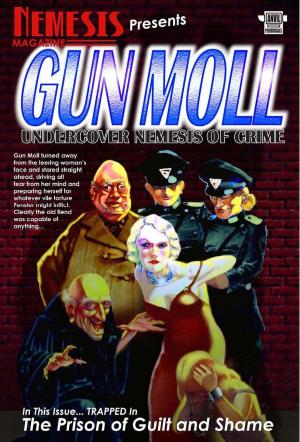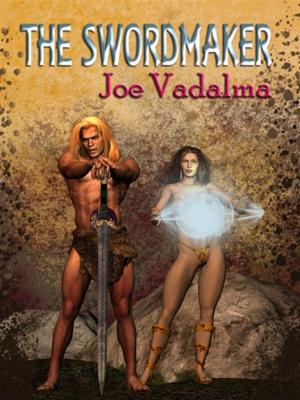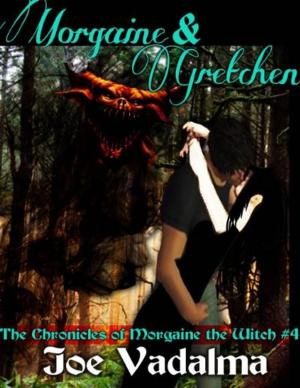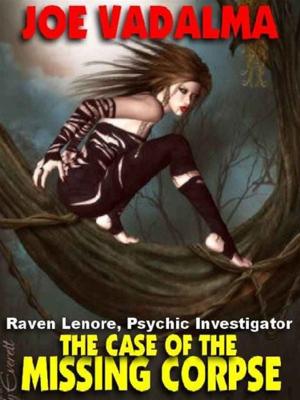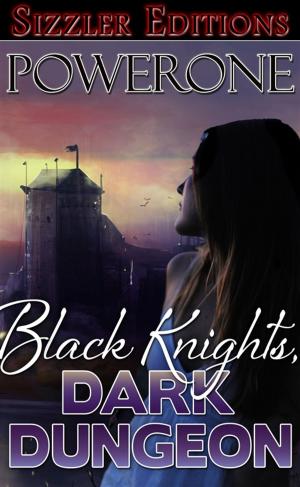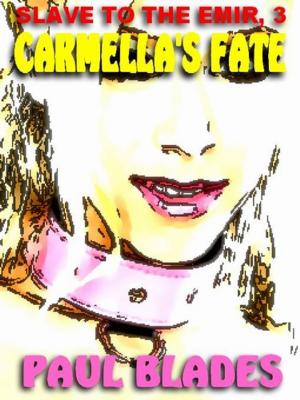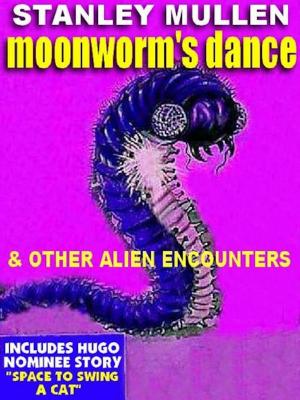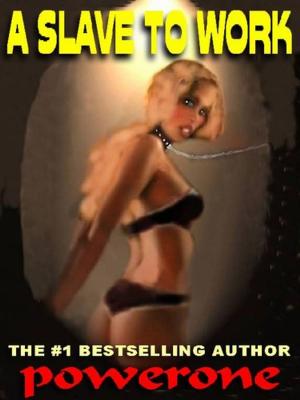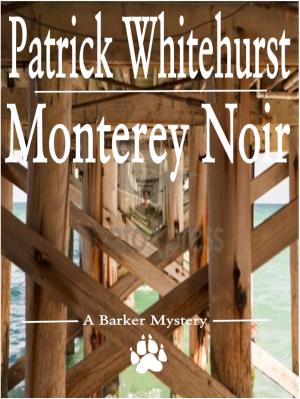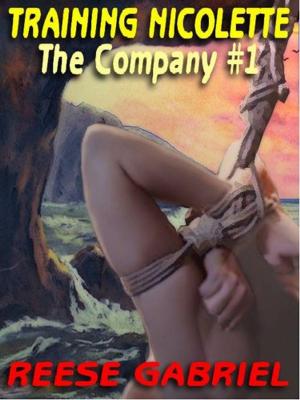| Author: | Raymond Z. Gallun | ISBN: | 9781588735386 |
| Publisher: | Renaissance E Books | Publication: | January 16, 2014 |
| Imprint: | PageTurner Editions/Futures-Past Science Fiction | Language: | English |
| Author: | Raymond Z. Gallun |
| ISBN: | 9781588735386 |
| Publisher: | Renaissance E Books |
| Publication: | January 16, 2014 |
| Imprint: | PageTurner Editions/Futures-Past Science Fiction |
| Language: | English |
Were the New Women and Men Human or Monster? Brought back to life via vitaplasm, did they have souls? Or were they somehow less than human, people minus X? Here's what Amazing Stories had to say about this moving, thoughtful, highly-prophetic novel of the future: "This is a novel with a cosmic theme that has always been of interest to all people at all times: the process of regeneration and recreation. Through vitaplasm innocent victims of disaster are restored almost to their own selves." Then humans begin to realize that the artificial people are their superiors in every respect. Mob feeling changes Mitchell Prell, one of vitaplasm's inventors, into a scapegoat and forces him to flee the human community. Ed Dukas, his nephew, and Ed's wife, Barbara, try to use reason to combat the mounting hysteria which threatens to explode into a war of annihilation. When failure seems near, Ed, Barbara and Prell sacrifice their humanity by becoming artificial people in order to function more effectively. "...a suspenseful plot, unusual characterizations, relevant soul-searching on the place of scientific advances in everyday life." The Detroit Times raved that, "Gallun depicts scientific experiments on the Moon--an explosion that sears Earth--restoring persons through personality records--a struggle between restored people and natural humanity--life on the asteroids--thought reading machines--a journey to Mars--a starship expedition to Sirius ... [Dawn of the Demigods] is packed with action scientific style." (Also published as People Minus X, but Dawn of the Demigods is the author's preferred title.) Raymond Z. Gallun (1911-94) began writing science fiction in 1929, produced his first acknowledged classic, the much anthologized Old Faithful, in 1934, stopped writing in the 1950s and then returned for a triumphant last decade in the mid-1970s-80s, that would see him nominated three times for the Nebula Award.
Were the New Women and Men Human or Monster? Brought back to life via vitaplasm, did they have souls? Or were they somehow less than human, people minus X? Here's what Amazing Stories had to say about this moving, thoughtful, highly-prophetic novel of the future: "This is a novel with a cosmic theme that has always been of interest to all people at all times: the process of regeneration and recreation. Through vitaplasm innocent victims of disaster are restored almost to their own selves." Then humans begin to realize that the artificial people are their superiors in every respect. Mob feeling changes Mitchell Prell, one of vitaplasm's inventors, into a scapegoat and forces him to flee the human community. Ed Dukas, his nephew, and Ed's wife, Barbara, try to use reason to combat the mounting hysteria which threatens to explode into a war of annihilation. When failure seems near, Ed, Barbara and Prell sacrifice their humanity by becoming artificial people in order to function more effectively. "...a suspenseful plot, unusual characterizations, relevant soul-searching on the place of scientific advances in everyday life." The Detroit Times raved that, "Gallun depicts scientific experiments on the Moon--an explosion that sears Earth--restoring persons through personality records--a struggle between restored people and natural humanity--life on the asteroids--thought reading machines--a journey to Mars--a starship expedition to Sirius ... [Dawn of the Demigods] is packed with action scientific style." (Also published as People Minus X, but Dawn of the Demigods is the author's preferred title.) Raymond Z. Gallun (1911-94) began writing science fiction in 1929, produced his first acknowledged classic, the much anthologized Old Faithful, in 1934, stopped writing in the 1950s and then returned for a triumphant last decade in the mid-1970s-80s, that would see him nominated three times for the Nebula Award.

